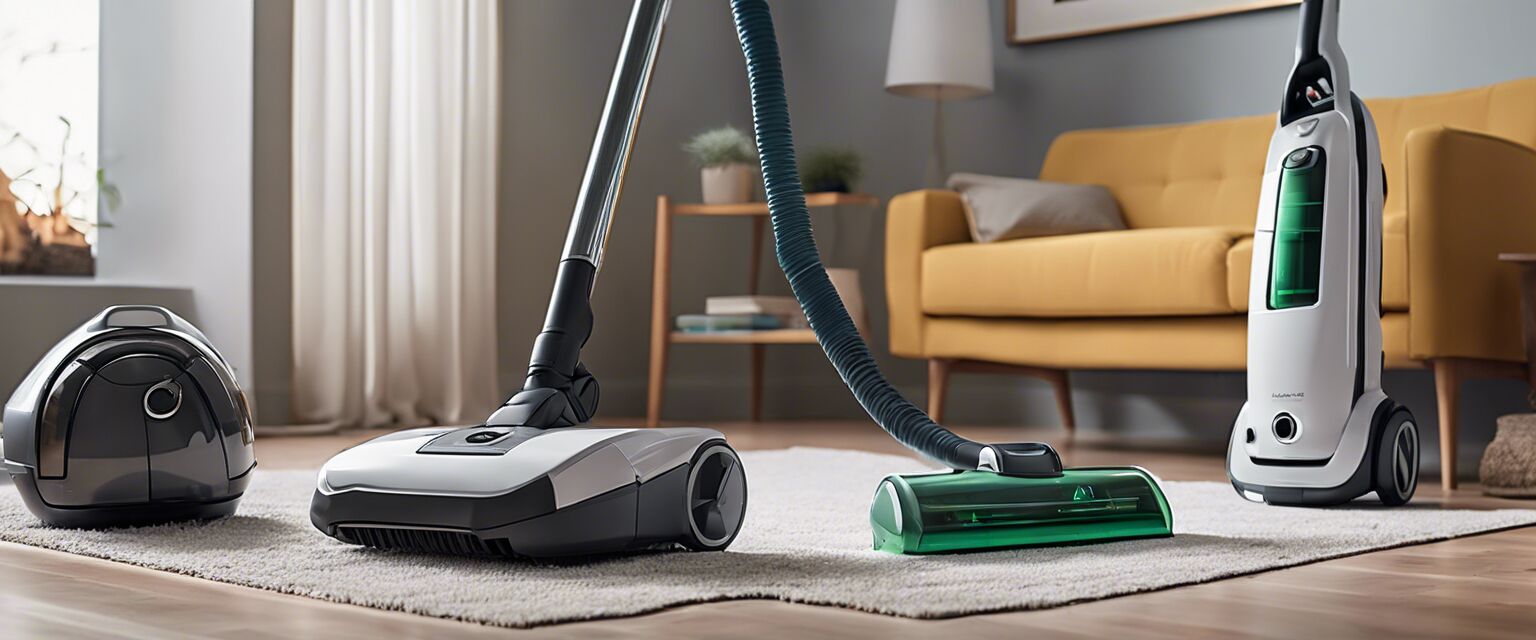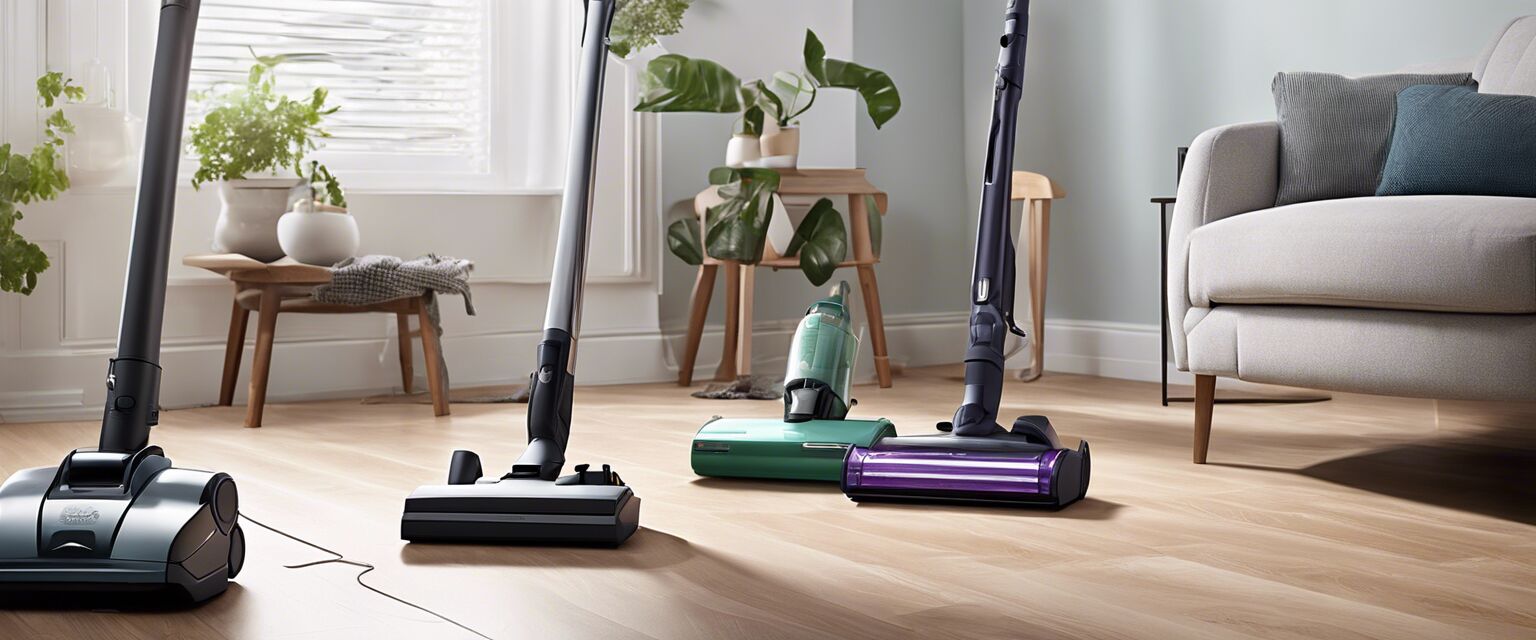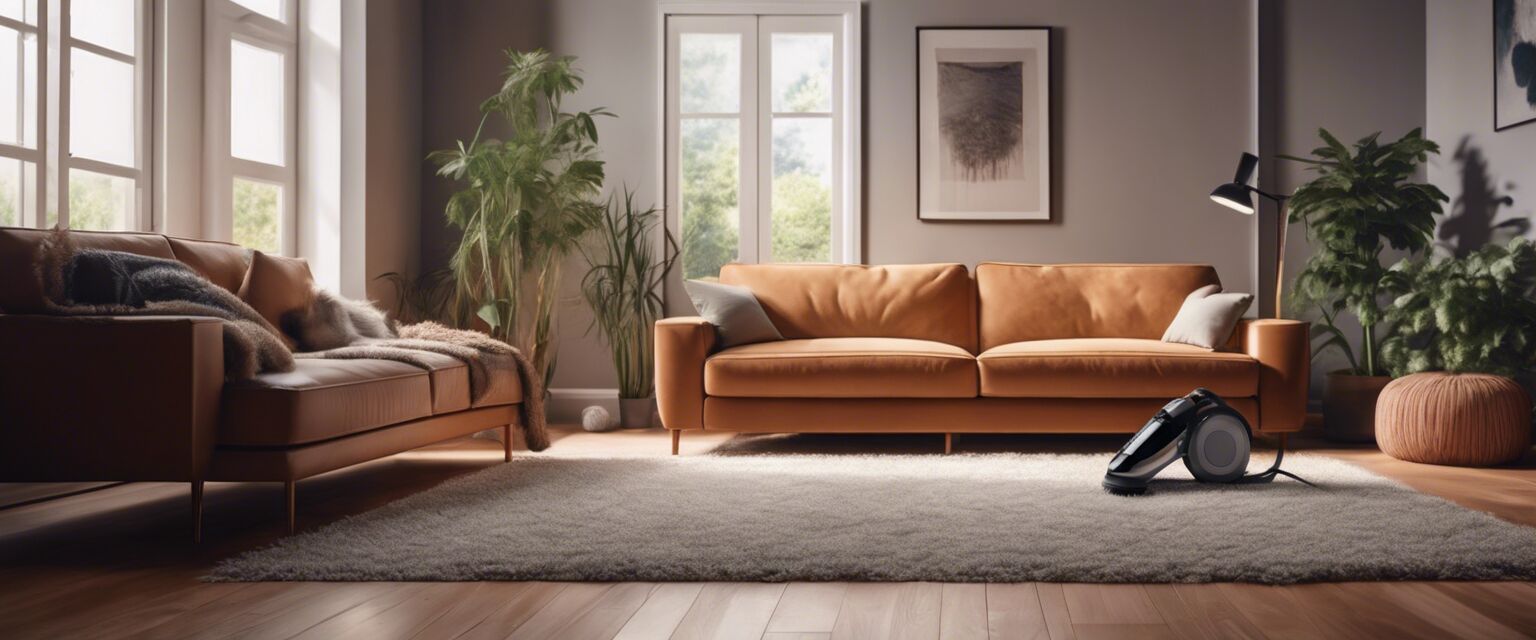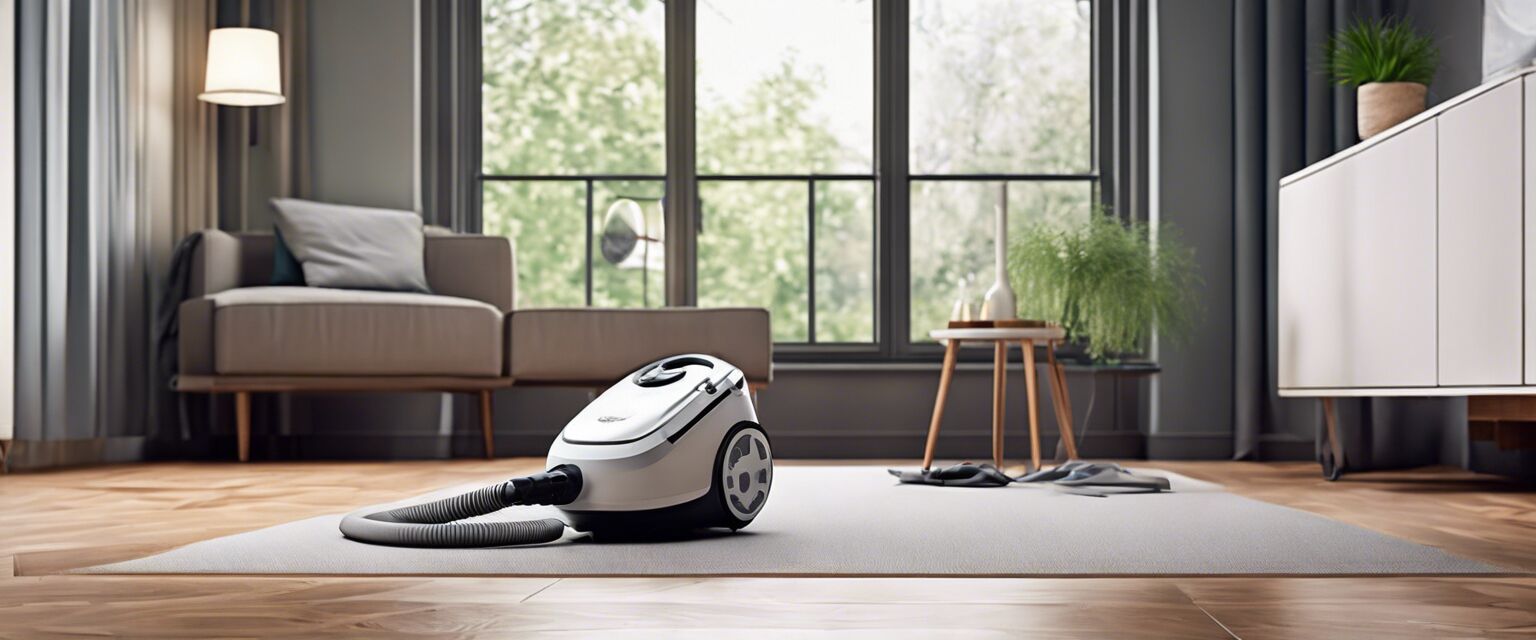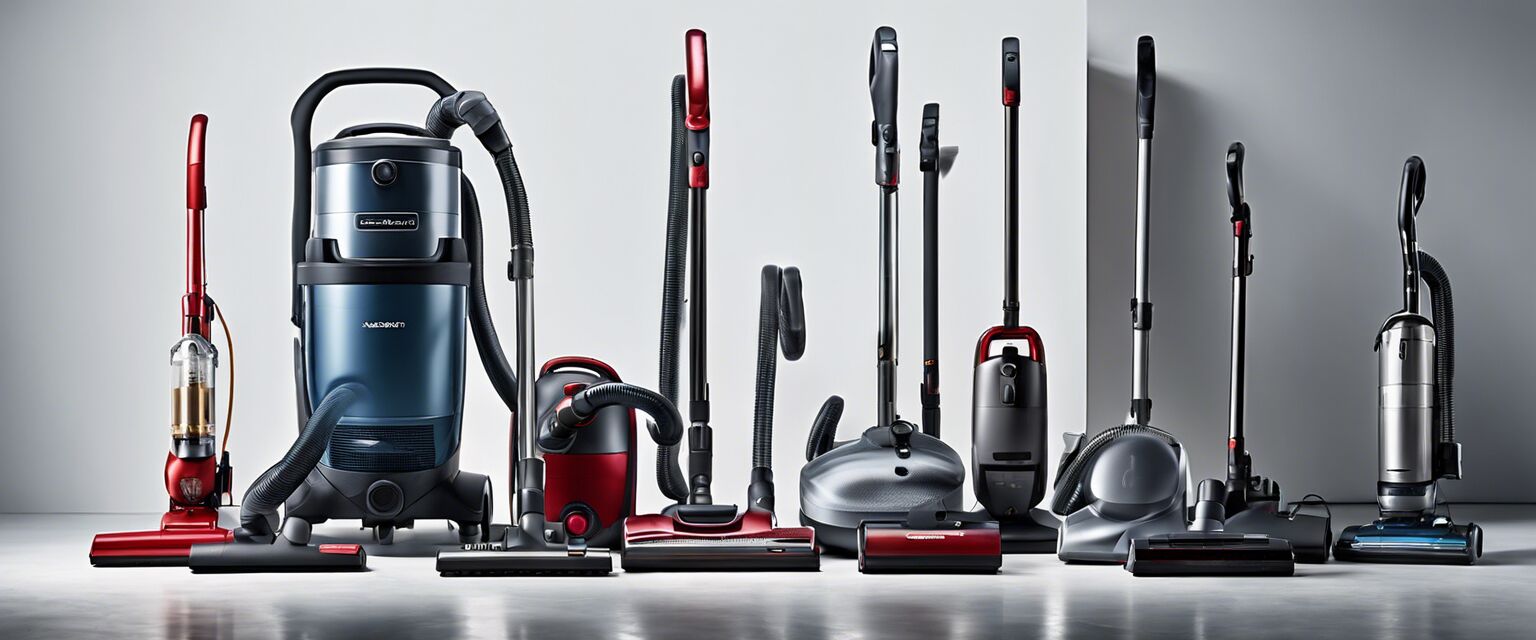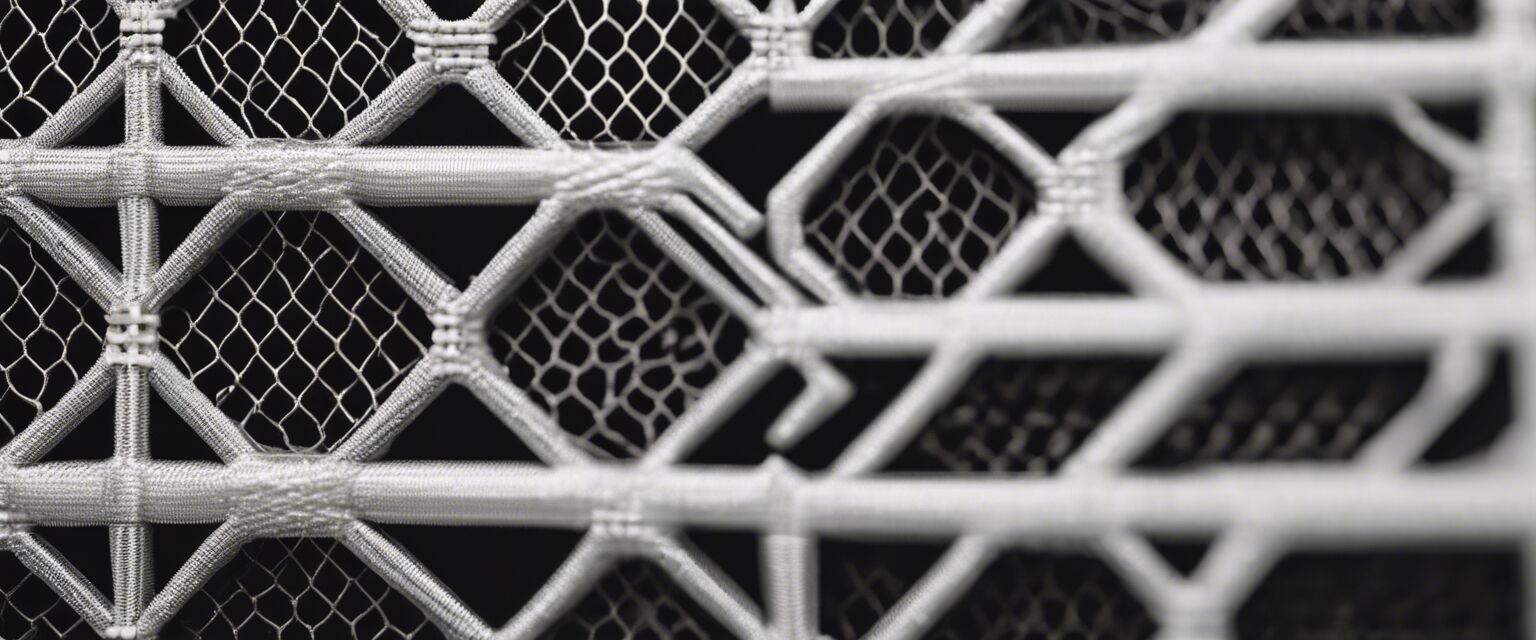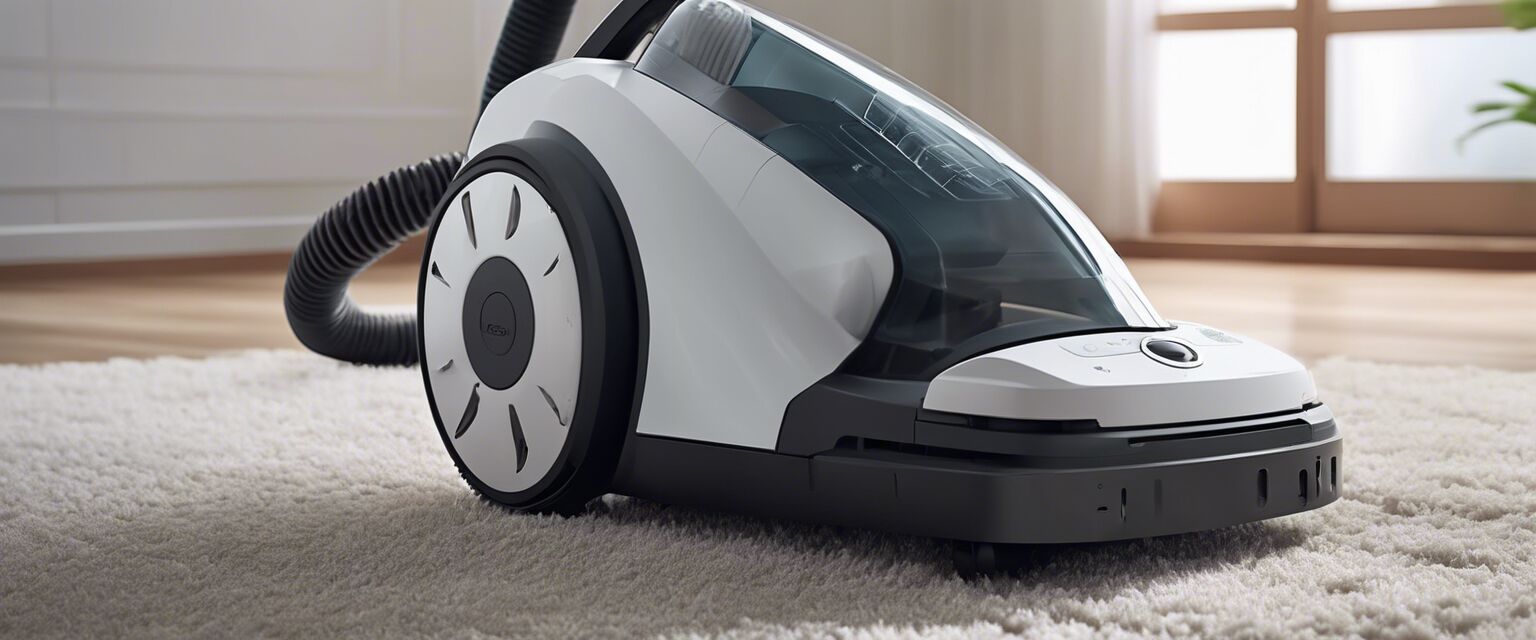
This article was generated using AI and is based on real customer reviews from the Amazon platform. It contains affiliate links, meaning we may earn a commission—at no extra cost to you. As Amazon Associates, we earn from qualifying purchases.
Best Practices for Allergy Control
Managing allergens in your home is essential for maintaining a healthy living environment. This article explores various best practices and tips on how to control allergens effectively, with a particular focus on the role of vacuums. By implementing these strategies, you can lessen allergy symptoms and improve your quality of life.
Key Takeaways
- Regular vacuuming with allergy-friendly vacuums can reduce allergens significantly.
- Utilizing vacuums with HEPA filters is crucial for trapping fine particles.
- Establishing a cleaning routine can help in controlling allergen build-up.
- Consider using robotic vacuums to maintain consistent cleanliness.
- Air quality management in conjunction with vacuuming enhances overall allergy control.
Understanding Allergens in Your Home
Allergens can inhabit various surfaces within your home, leading to respiratory issues and discomfort for many individuals. Common allergens include:
- Pollen
- Dust mites
- Mold spores
- Pet dander
How Vacuums Help Control Allergens
Vacuuming is a vital practice in controlling the spread of allergens. A well-chosen vacuum not only removes dirt but also traps the tiny particles that can trigger allergic reactions.
Types of Allergy-Friendly Vacuums
Different vacuum types cater to various cleaning needs and have distinct features to tackle allergens:
| Type | Description | Best For |
|---|---|---|
| Bagged Vacuums | Collects dirt in a bag, preventing dust from escaping. | Homes with multiple allergens |
| Bagless Vacuums | Utilizes a canister to hold dirt; may require frequent emptying. | Quick clean-ups |
| HEPA Filter Vacuums | Equipped with a high-efficiency particulate air filter. | Allergy sufferers |
| Robotic Vacuums | Automated vacuums that clean floors on a schedule. | Busy households |
| Stick Vacuums | Lightweight and often cordless, convenient for quick clean-ups. | Apartments or small homes |
Best Vacuuming Practices
To maximize the effectiveness of vacuuming, consider the following best practices:
- Vacuum Regularly: Aim to vacuum at least once a week.
- Use the Right Attachments: Utilize upholstery brushes and crevice tools to get into tight spaces and soft surfaces.
- Focus on High-Traffic Areas: Pay extra attention to areas where allergens tend to accumulate.
- Do It the Right Way: Employ proper vacuuming methods, like overlapping strokes and slow movements.

Additional Tips for Controlling Allergens
Here are some additional strategies to complement vacuuming and further reduce allergens in your home:
- Maintain low humidity levels (30-50%) to deter dust mites and mold.
- Wash bedding and drapes in hot water weekly.
- Use allergen-proof covers on pillows and mattresses.
- Keep windows closed during high pollen seasons.
Beginners Section
If you are new to managing allergies at home, here are some straightforward tips to get you started:
- Invest in a good quality HEPA filter vacuum.
- Create a cleaning schedule that includes vacuuming and dusting.
- Educate yourself on your specific allergens and tailor your cleaning routine accordingly.
Conclusion
Controlling allergens in your home doesnât have to be overwhelming. By incorporating regular vacuuming and adhering to best practices, you can significantly reduce allergens and create a healthier environment. Explore various types of bagged vacuums, bagless vacuums, and HEPA filter vacuums to find the right fit for your cleaning needs.

Pros
- Reduces allergens promptly when used regularly.
- Enhances air quality in your living space.
- Convenient options available for various lifestyles.
Cons
- Can be time-consuming if done infrequently.
- Some vacuum types may require maintenance and replacement parts.
